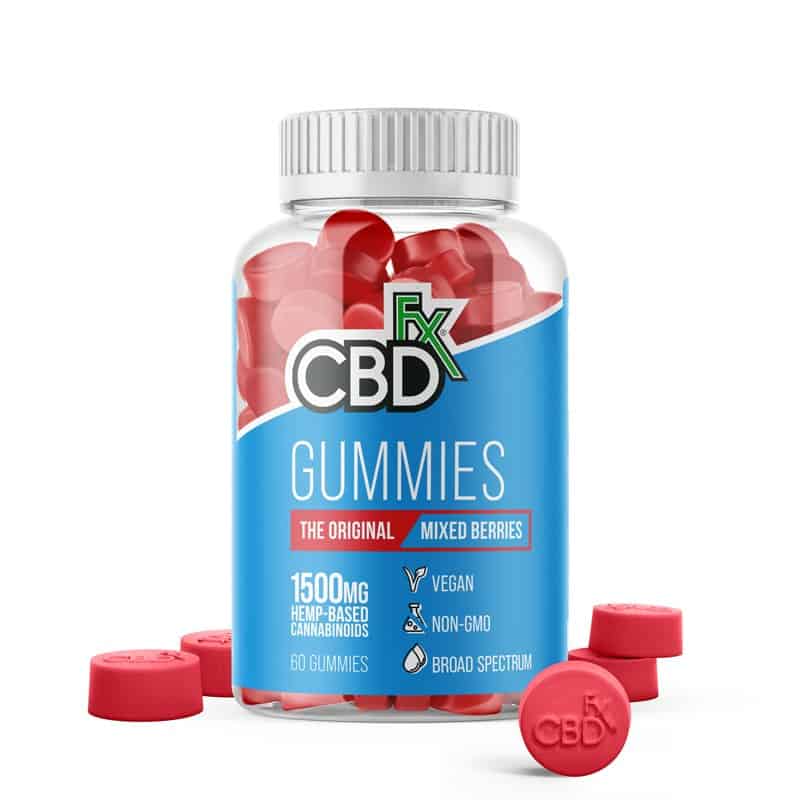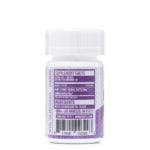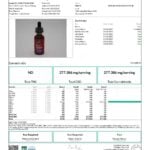
How Long Does Weed Stay in Your System: A Comprehensive Guide
The landscape of marijuana use has undergone significant changes in recent years, with increasing discussions surrounding its medical benefits, recreational use, and potential legal ramifications. Central to this discourse is the question: how long does weed stay in your system? Understanding the duration of marijuana’s presence in the body is not only crucial for personal awareness but also for navigating drug tests, considering legal implications, and making informed decisions about cannabis use. This comprehensive guide delves into the various factors influencing detection times for THC, the primary psychoactive compound in marijuana, and provides insights into strategies for managing its presence in the system.
This post is intended as information and for general knowledge only. It is not a substitute for medical advice, diagnosis, or treatment. It is recommended that you talk to a healthcare professional about this before introducing cannabinoids into your daily routine (especially if you have been diagnosed with any medical conditions or are under any medication). It is not recommended to drive or operate any machinery when using cannabis- or hemp-derived products. Use responsibly!
Factors Affecting Detection Time
Metabolism and Body Composition
The journey of THC through the body begins with metabolism. Metabolism plays a pivotal role in the breakdown and elimination of THC and its metabolites. For individuals with higher metabolic rates, THC is cleared from the system more rapidly, resulting in shorter detection times. Interestingly, the body’s fat cells also play a role in this process. THC is fat-soluble, meaning it gets stored in fat cells. Consequently, individuals with a higher percentage of body fat might retain THC metabolites for a longer duration, extending detection windows.
Frequency and Amount of Use
Cannabis users can be categorized into three groups: occasional, moderate, and heavy users. Occasional users, who partake infrequently, generally have shorter detection times. However, for moderate and heavy users, regular exposure to THC leads to its accumulation in fat cells, prolonging detection periods. Detection thresholds, or the levels of THC or its metabolites required for a positive drug test result, vary between drug tests and methods of consumption.
Method of Consumption
The method of consuming marijuana significantly impacts how long THC remains in the system. Inhalation methods such as smoking and vaping offer a rapid onset of effects, but also a shorter detection window as THC is processed and eliminated more quickly. On the other hand, edibles lead to a slower release of THC due to digestion and metabolism, causing the compound to stay in the system for a longer time. Consequently, the delivery route influences the variation in detection windows.
Detection Methods
Urine Tests
Urine tests are the most commonly used method for detecting THC and its metabolites in the body. THC-COOH, a THC metabolite, is often the target of these tests. Detection windows for urine tests can vary widely depending on factors such as frequency of use, metabolism, and the specific cutoff levels used by the testing facility. While occasional users might test negative within a few days, heavy users could test positive for several weeks.
Blood Tests

Blood tests offer a glimpse into recent marijuana use, as THC enters the bloodstream almost immediately after consumption. However, the detection window is relatively short, typically ranging from a few hours to a few days. Blood tests are often employed in cases where recent use needs to be confirmed, such as accidents or incidents requiring immediate attention.
Saliva Tests
Saliva tests detect THC within hours to a day after consumption. These tests are especially useful for detecting recent use, as their detection window aligns with the timeframe in which THC is present in the saliva. The non-invasive nature of saliva tests and their relatively short detection window make them a valuable tool in drug testing scenarios.
Hair Tests
Hair tests offer a unique perspective on long-term cannabis use. THC metabolites are incorporated into hair follicles over time, leading to a detection window that can span up to 90 days. However, there’s a potential for false positives or negatives due to external contamination or other factors affecting metabolite incorporation.
Detection Timeframes
Occasional Users
For occasional users, THC is typically detectable in urine for up to 3 days after use. Blood and saliva tests yield shorter detection times due to the infrequent exposure. The rapid metabolism of occasional users contributes to quicker elimination of THC from the system.
Regular Users
Regular or chronic users face prolonged detection windows, often spanning several weeks. The persistent presence of THC metabolites in hair follicles reflects their long-term use. Clearing the system quickly becomes a challenge for individuals who engage in frequent cannabis use.
Medical vs. Recreational Use
Interestingly, detection times for medical and recreational cannabis users are quite similar. The key differentiator lies in the dosage and frequency of use. Medical cannabis users, relying on the therapeutic benefits of the plant, may need to consider detection times while balancing their treatment needs.
Clearance Strategies
Hydration and Diet
Hydration plays a vital role in supporting kidney function, which in turn aids in the elimination of THC and its metabolites. A balanced diet is equally important, as optimal metabolism facilitates the breakdown of compounds. However, excessive water consumption can lead to diluted urine, potentially affecting the accuracy of urine tests.
Exercise and Metabolism
Regular physical activity influences metabolic rate and fat breakdown. Moderate exercise can assist in the release of THC metabolites from fat cells, aiding in their elimination. Combining exercise with proper hydration creates a synergistic effect that promotes clearance.
Natural Detox
The notion of “detox” products often circulates, promising rapid elimination of THC. However, it’s crucial to recognize that the body possesses its own natural detoxification mechanisms. Gradually reducing cannabis use allows the body to gradually eliminate THC and its metabolites, without relying on potentially unreliable products.
Legal and Practical Implications
Workplace Drug Testing
Workplace drug testing policies vary, and individuals must navigate the balance betweenpersonal choices and employment requirements. Job seekers and employees alike benefit from understanding the drug testing protocols in their workplace.
Legal Regulations
Cannabis legality is a complex topic with varying implications. The legal status of cannabis in different regions influences drug testing practices and the consequences of positive results. Individuals must be aware of how their local laws intersect with drug testing procedures.
Personal and Medical Considerations
Individual differences in metabolism and genetics can impact detection times. Communicating medical cannabis use with healthcare providers is crucial for ensuring appropriate treatment. The challenge lies in balancing medical needs with potential legal or employment challenges arising from positive drug tests.
Conclusion
In conclusion, the duration for which weed stays in your system varies based on multiple factors, including metabolism, frequency of use, method of consumption, and the chosen detection method. This comprehensive guide has explored the intricacies of THC detection, shedding light on how different factors interact to determine detection windows. Whether you’re an occasional user or rely on medical cannabis, understanding the implications of marijuana use on drug tests, personal situations, and legal considerations empowers you to make informed choices.
Also Interesting:
















